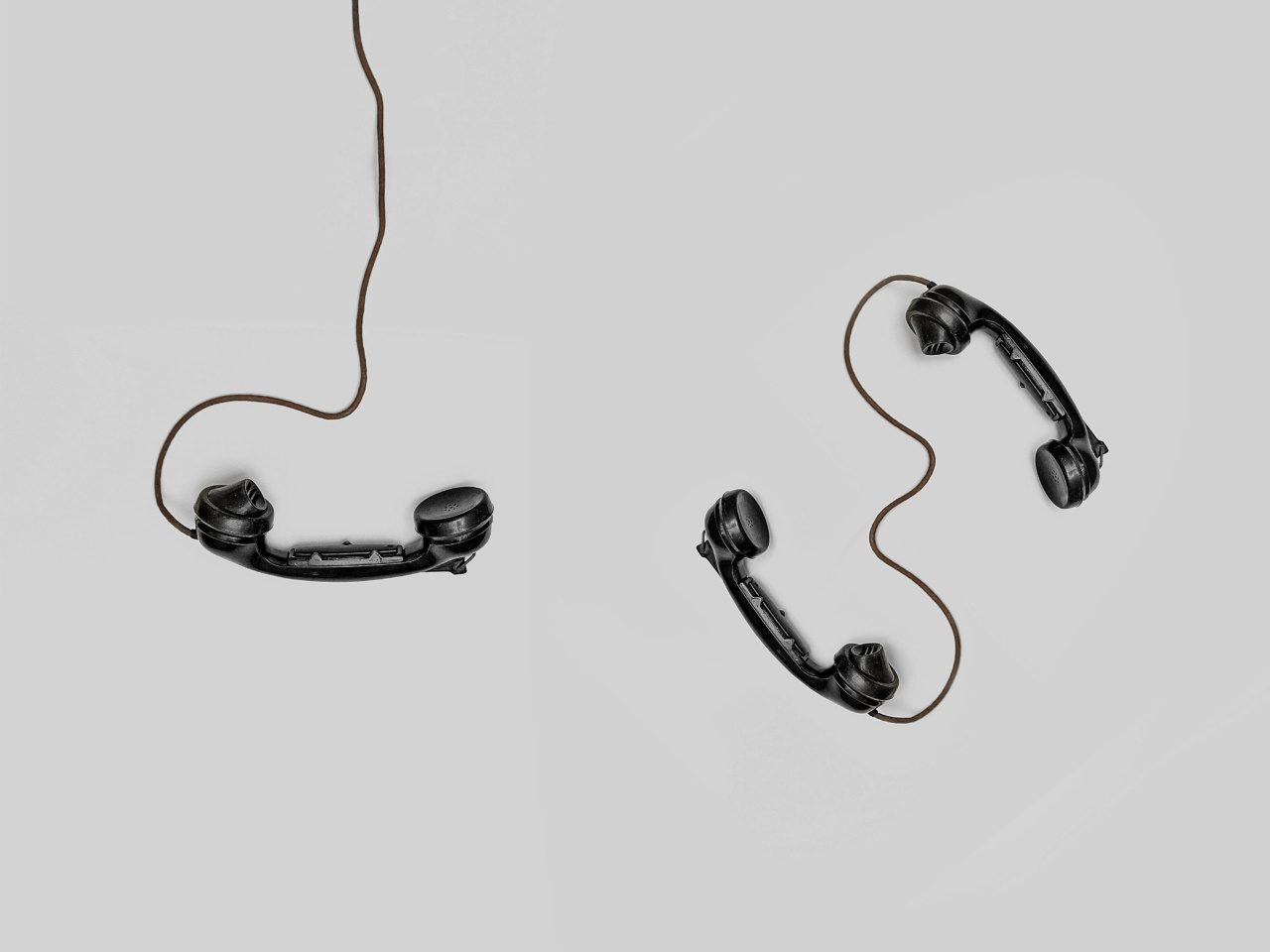The umbilical cord is an essential lifeline that connects the baby to the placenta in the mother’s womb. It carries the necessary oxygen and nutrients from the mother to the developing fetus.
Once the baby is born, the cord is clamped and cut to separate the baby from the placenta. This process is crucial for the baby’s transition to independent breathing and survival outside the womb. However, the timing of when to clamp the umbilical cord has been a subject of considerable debate among healthcare professionals.
In this article, we will explore the various perspectives and evidence surrounding this decision.
The Traditional Approach: Early Cord Clamping
For many years, it was customary to immediately clamp and cut the umbilical cord right after birth. This practice, known as early cord clamping, was believed to prevent excessive blood loss in the mother and reduce the risk of postpartum hemorrhage.
Additionally, early clamping was thought to facilitate the baby’s transition to breathing on their own.
Early cord clamping, however, comes with potential disadvantages. Research suggests that this practice may deprive the baby of vital blood and nutrients, which could lead to iron deficiency and anemia in the early months of life.
Delaying cord clamping allows for a larger volume of blood to transfer from the placenta to the baby, improving their iron stores and overall health.
The Emergence of Delayed Cord Clamping
In recent years, the practice of delayed cord clamping (DCC) has gained momentum. DCC involves waiting for a specific period before clamping and cutting the umbilical cord.
The American College of Obstetricians and Gynecologists (ACOG) now recommends that DCC, for at least 30-60 seconds, be performed for all healthy infants, as long as there is no immediate risk to the baby or the mother.
Delayed cord clamping has been associated with several benefits. Firstly, it allows for the transfer of additional blood from the placenta to the baby, which can enhance iron levels and reduce the risk of iron deficiency anemia.
Studies have indicated that this increase in iron stores can have long-term effects on the child’s neurodevelopment, supporting better cognitive and motor skills. DCC has also shown potential benefits in reducing the risk of respiratory distress syndrome and the need for blood transfusions in preterm infants.
Considerations for Premature Infants
For premature infants, the timing of cord clamping is an even more critical decision. Preterm babies often face additional health challenges and require extra support for their development.
Delayed cord clamping has shown promising results in this population. Notably, it has been associated with reduced risks of intraventricular hemorrhage, late-onset sepsis, and necrotizing enterocolitis among premature newborns.
However, it’s important to balance the potential benefits of delayed cord clamping with the need for prompt medical assistance in preterm deliveries.
In some cases, the baby may require immediate resuscitation or specialized care, which may necessitate early cord clamping. Individualized care plans and close monitoring of the newborn’s status are crucial in determining the best course of action.
Variations in Cord Clamping Policies
While delayed cord clamping is increasingly recommended and practiced, there are variations in policies across healthcare settings.
Some hospitals and birth centers have embraced routine delayed cord clamping, providing additional time before clamping the cord. Others follow a more individualized approach, taking into account the unique circumstances of each birth.
However, it is essential to note that immediate cord clamping is still practiced in certain emergency situations or when the baby or mother’s health is at immediate risk.
Options for Umbilical Cord Management
Besides delayed cord clamping, another emerging option for umbilical cord management is known as “lotus birth.” This practice involves leaving the umbilical cord intact until it naturally separates from the baby, often several days after birth. Proponents of lotus birth believe that allowing the cord to separate naturally promotes a gentle transition for the newborn and preserves the potential benefits of the cord’s remaining blood supply.
However, this practice is not widely accepted or supported by scientific evidence, and it carries an increased risk of infection and logistical challenges.
In Conclusion
The decision on when to clamp the umbilical cord is no longer a standardized practice.
Delayed cord clamping has gained recognition for its potential benefits, including improved iron stores, better neurodevelopment outcomes, and lower risks for certain complications. However, the optimal timing may vary depending on the mother’s health, the baby’s well-being, and the specific circumstances of the birth.
Healthcare providers must evaluate each situation individually and make informed decisions to ensure the best possible outcomes for both mother and baby.































